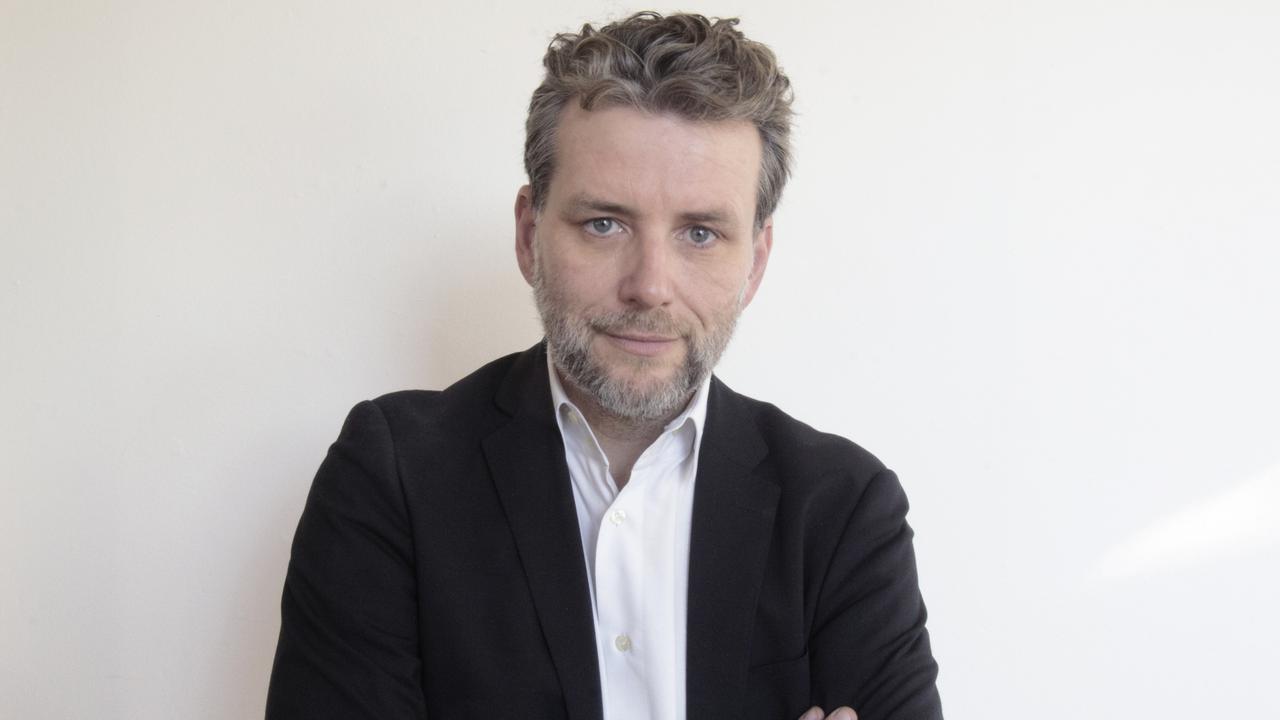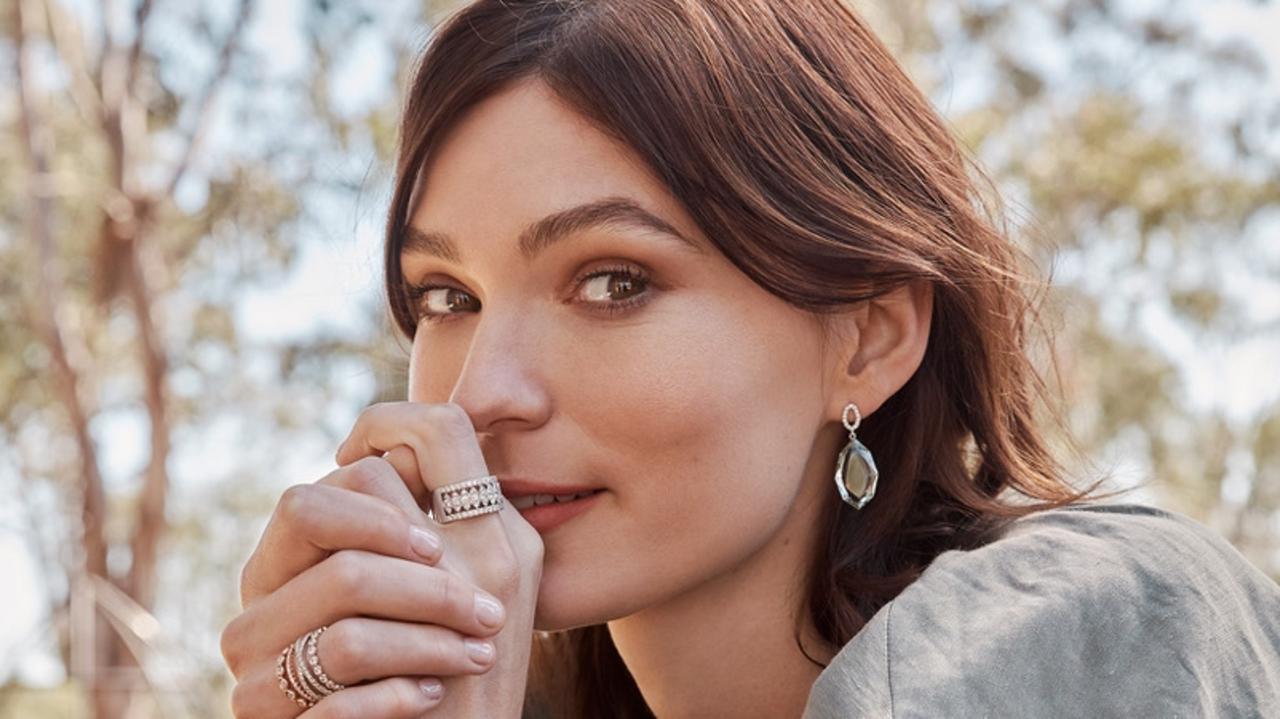Government considering high-powered push for $250m art gallery by the Torrens to supercharge art tourism
A $250 MILLION modern art gallery set on the Torrens is under State Government consideration as a way to supercharge art tourism and revitalise the economy.
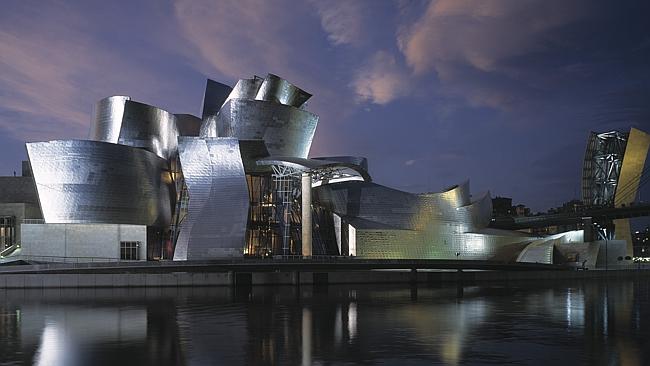
Arts
Don't miss out on the headlines from Arts. Followed categories will be added to My News.
- Mark Day: Take wrecking ball to the Festival Theatre
- Nick Mitzevich explains his new gallery dream
- Contrary view: Demolish the Festival Centre? No way!
- Dave Sefton: Adelaide Festival is still nation’s cultural benchmark
A $250 MILLION modern art gallery set on the Torrens is under State Government consideration as a way to supercharge art tourism and revitalise the economy.
The proposed gallery, possibly adjacent to a new six-star hotel, would complement the existing Art Gallery of SA on North Tce.
Director Nick Mitzevich and Economic Development Board chairman Raymond Spencer are championing the project.
They say Adelaide could transform from economic desperation to a cultural destination, similar to the impact modern art and iconic architecture has had on struggling European cities like Bilbao in Spain.
Hobart has also received a big boost from its Museum of Old and New Art, MONA.
A world-class gallery with confronting contemporary art works would cost about half the price of the$535 million Adelaide Oval and attract similar numbers of interstate travellers, among at least 500,000 visitors in the first year, the government has been told.
Adelaide had reached a “critical” economic stage where it needed to focus on the arts again, Mr Mitzevich said in an exclusive interview with SAWeekend published on Saturday.
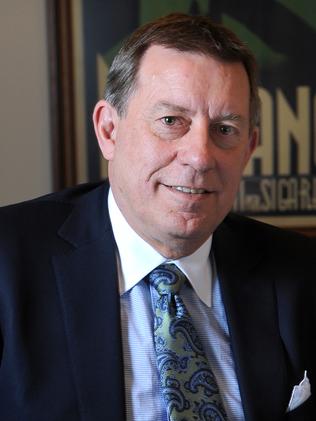
“I think the best decisions happen when you’re desperate. Contemporary art can transform Adelaide in terms of a cultural destination. The next step for this city has to be a 21st century cultural building.”
Mr Spencer, the Clarendon boy who built a billion dollar software empire overseas, agreed that a new contemporary art museum would be an economic driver for the State.
“I’m a big supporter of the concept,” he said, adding it needed to be an iconic building, like SAHMRI.
Arts Minister Jack Snelling said the idea was being taken “very, very seriously”, and while there were competing financial priorities, the potential benefits had been shown with transformational art museums around the world.
The government has funded a $200,000 economic benefit study by Ernst & Young. Proponents which cites three benefits — construction jobs, a major tourism boost and a catalyst for other businesses on the riverbank through its 364-day-a-year operation.
While not part of the project, a world-class hotel is part of the plan for the area, and could benefit from the proximity of a new gallery.
The gallery’s proponents are closely studying property tycoon Lang Walker’s deal to jointly fund with the State Government the Festival Plaza redevelopment as part of a $610 million overhaul of the riverbank precinct.
While some voices in government think Port Adelaide would be a good location, Mr Mitzevich argued it needed to be in the city to be accessible, and benefit from the critical mass of the existing gallery, the Oval, convention centres and riverbank transformation.
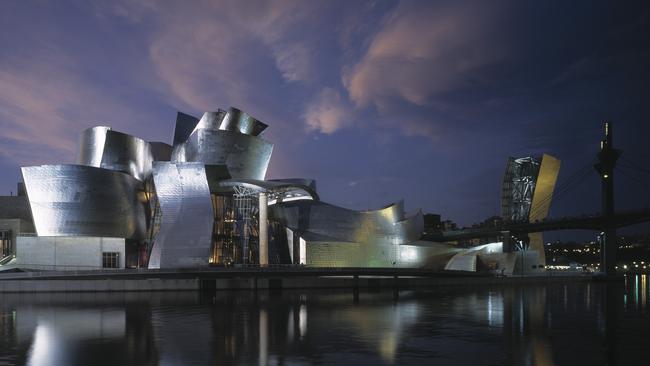
Mr Spencer said he also leant towards to the city. One possible site is on the south bank of the Torrens west of the Morphett Street bridge, behind SAHMRI, but other locations have been identified.
The proposal is part of a wider push for better arts infrastructure. Inside SAWeekend, former News Corp editor Mark Day argues that the Adelaide Festival Centre needs to be replaced by an iconic new building by “starchitect” Frank Gehry, whose unconventional, gravity-defying designs include Prague’s Dancing House and Bilbao’s Guggenheim Museum.
And departing Festival of Arts director David Sefton said the state risked losing its reputation as an arts centre because of poor infrastructure, citing the lack of a concert hall and a home for the State Theatre Company and Australian Dance Theatre.
“There was the post Don Dunstan glow of happiness and cultural self-satisfaction that perhaps lasted too long and now everything is falling down,” Mr Sefton said.
“There is a sense that having been the leaders in that field (infrastructure), we are a little bit behind the field now. There still needs to be more infrastructure. It’s great that they are finally addressing the state of the Festival Centre, but it does not provide a single extra ticket for the arts.
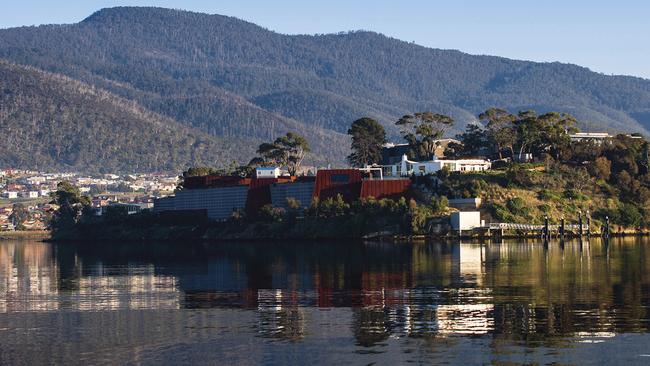
“It doesn’t have the Oval factor — there’s not more people going to see anything. There is no new concert hall or new performance space, and I think that’s what needs to be addressed.”
He gave the example of London’s Institute of Contemporary Art, a flexible 500-seat space for any kind of work can go in.
“To not have a proper concert hall in a capital city like this is pretty bad, when you think about it. It needs it.’’
Quizzed on whether SA could afford a new gallery when schools, and hospitals needed to be paid for, Mr Mitzevich insisted it would be a good investment.
“With Adelaide focusing on a new way to do business in the future, the arts and the uniqueness of this city will become more and more important,” he said.
The gallery’s collection of modern art — 99 per cent of which is in storage — was being wasted, Mr Mitzevich said.
“They’re great assets that we can no longer just let sit there,” he said.
“They need to be put to work; this gallery is ready to be put to work. We want to increase the level of tourists that come here, we want to ensure the city is vibrant.
“We’re not here to create artists, we’re here to tap into people’s creative thinking and inspire them in lots of different ways. That’s why I think cultural institutions will become more important around the world, in cities with depressed economies, art has been the answer.”
He said Hobart was a good example of what could be achieved.
“MONA has transformed the way people see Hobart,” he says. In Spain Bilbao was a depressed town with nearly 60 per cent unemployment before it became a thriving tourist destination thanks to a new Guggenheim Museum.
“And I’ve just returned from Lens north of Paris. It was a depressed mining town, then The Louvre opened an annex and they thought 500-700,000 people would go there. In the first year they had 900,000 people. Hotels and restaurants are opening and the city has become dynamic, because the Louvre has given the city a focus.”
Double vision — saweekend magazine


